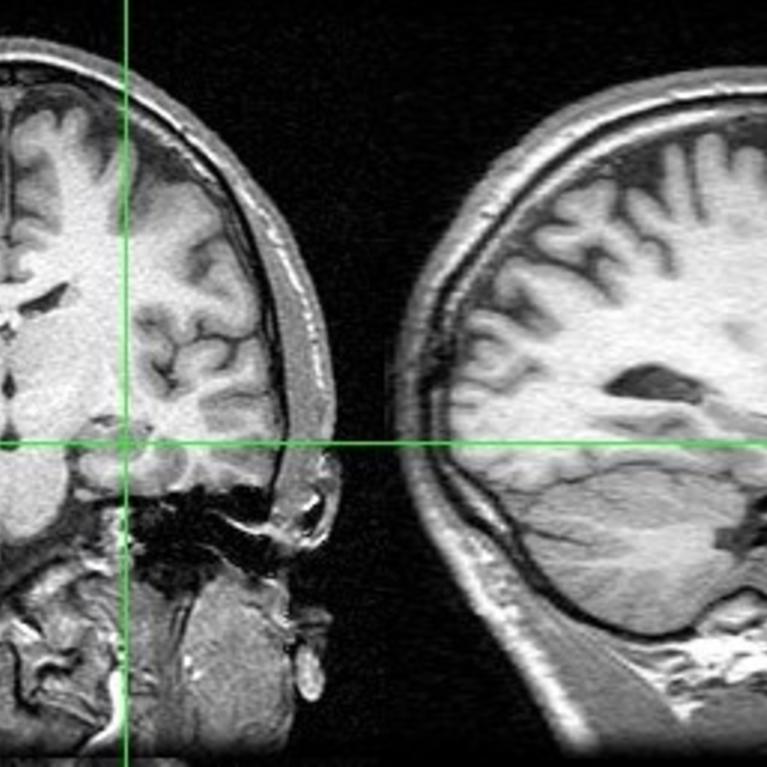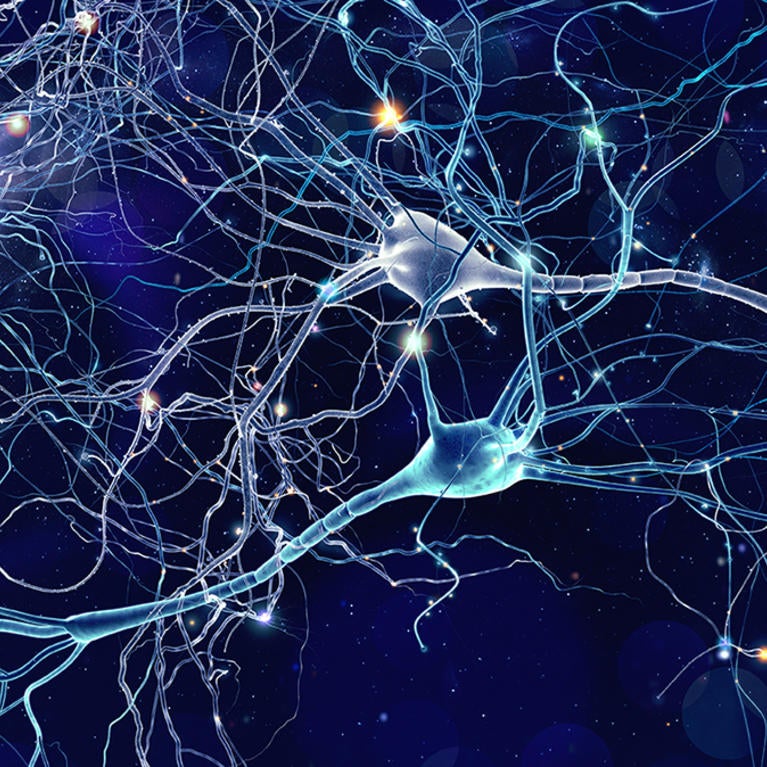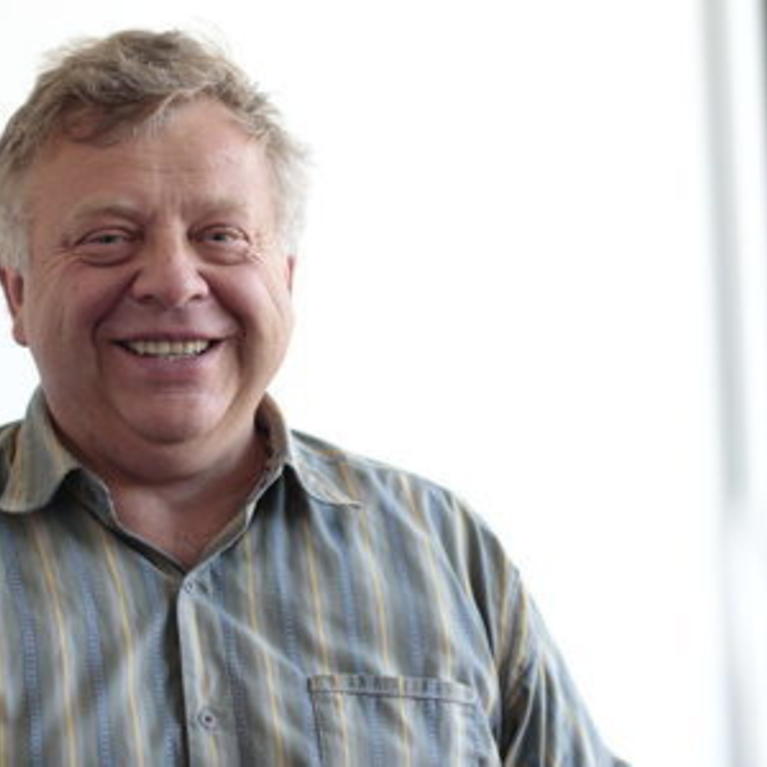
Impact of HPV vaccination mandates on social inequalities
Policy has limited impact on vaccine uptake because of individual decision making, study finds
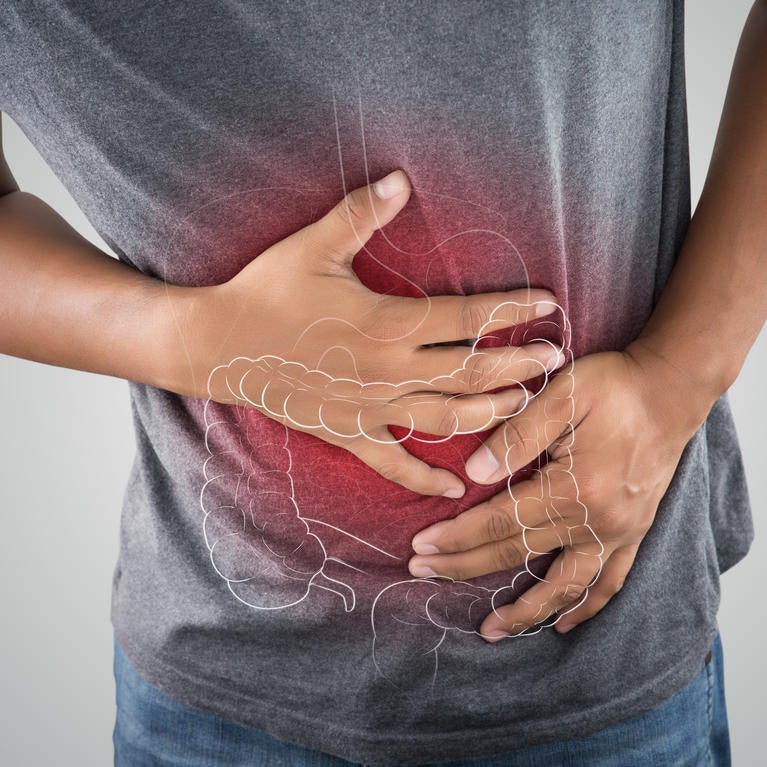
Drug found to correct gene defect that causes immune-driven gut leakiness
UC Riverside-led study is the first to show how tofacitinib rescues gut barrier function from overactive immune cells

Developing a COVID-19 vaccine at warp speed
Dr. Paul Offit, an international expert on vaccines, will give the 2020 Thomas and Salma Haider Biomedical Breakthrough Lecture at UC Riverside

Coronavirus lab and testing in place for fall quarter
As the fall quarter begins, UC Riverside has a new diagnostic lab operating on campus that will rapidly process samples from students and employees as part of an ongoing coronavirus testing program. The lab, located at the Multidisciplinary Research Building, or MRB, tested its first sample in August and opened...

Improving treatment of spinal cord injuries
Osmotic therapy device reduces swelling to prevent secondary injuries in rats
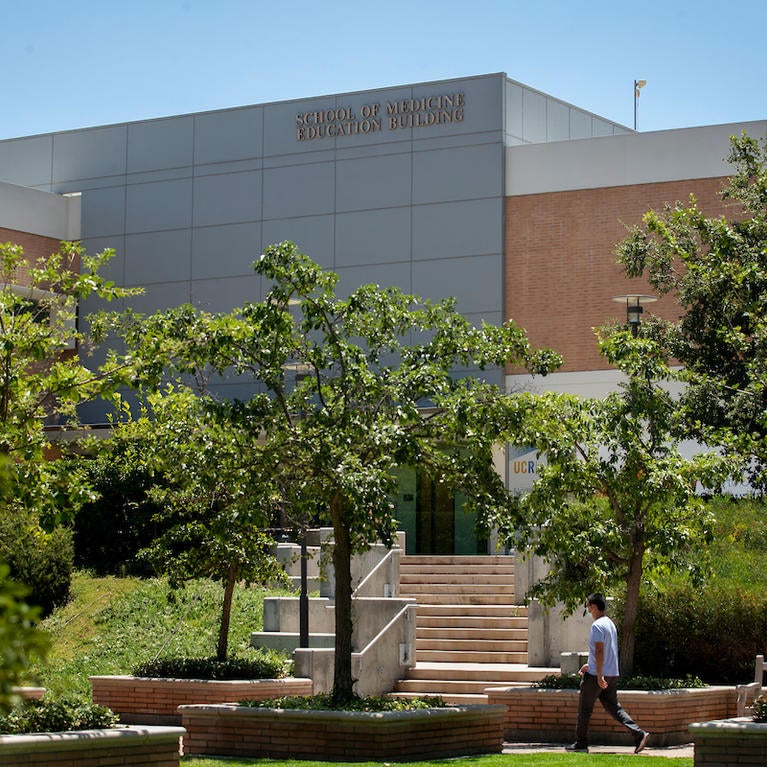
School of Medicine faculty receive grants to study opioid use and COVID-19 testing
Andrew Subica and Ann Cheney will focus their research on marginalized U.S. populations

Gift to School of Medicine aims to alleviate inland Southern California’s physician shortage
Inland Empire Health Plan’s gift of $2.6M will create up to 23 awards designed to encourage students to practice in the region
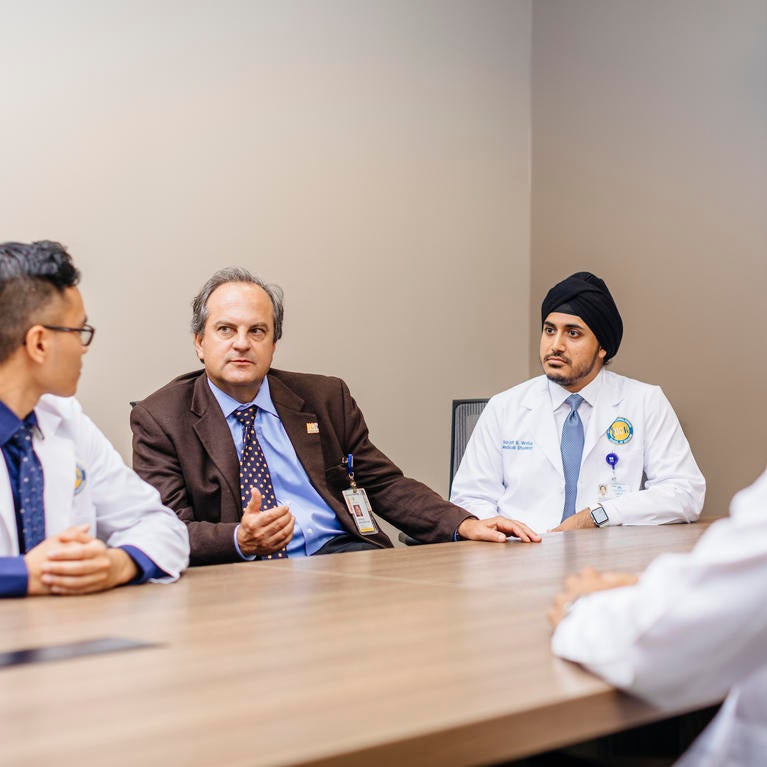
UC Riverside and Neuroscience Education Institute partner to deliver continuing medical education nationwide
Content developed by School of Medicine for physicians and other health care professionals includes grand rounds and a journal club delivered virtually

School of Medicine faculty receive grants to increase diversity in biomedical sciences, study incentives in research, boost mental health treatment
Total funding of three grants exceeds $1.2 million
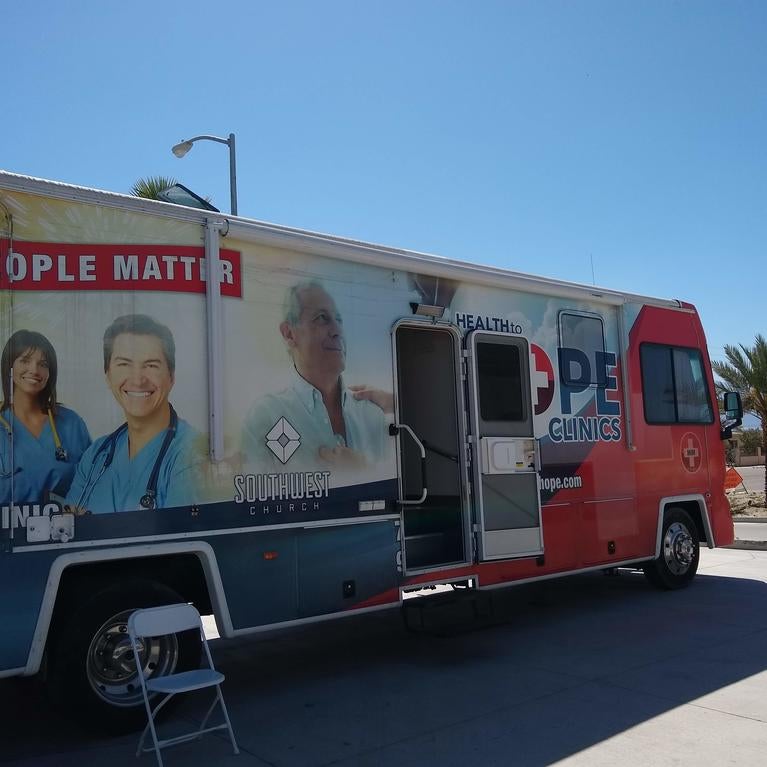
Mobile clinics can help address health care needs of Latino farmworkers
A University of California, Riverside, study that sought to determine barriers to health care among Spanish-speaking Latino farmworkers in rural communities has devised an innovative health care service delivery model that addresses many challenges these communities face. The researchers, led by Ann Cheney, a medical anthropologist and assistant professor in...
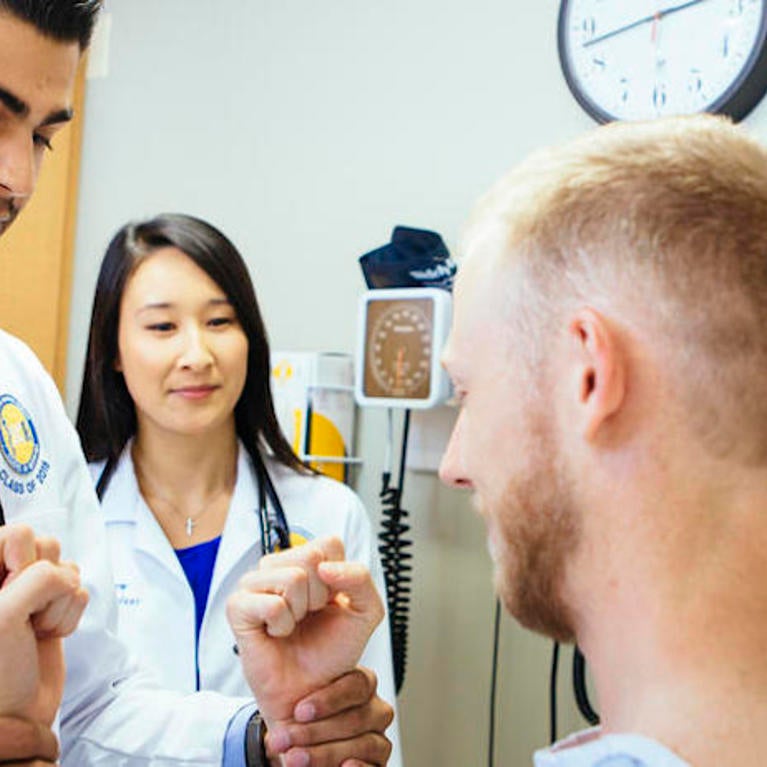
State OKs $25M to double UCR medical students
Budget allocates ongoing funding to the medical school

Understanding a gene’s role in inflammatory bowel disease
UC Riverside mouse study will identify mechanisms the gene PTPN2 uses to affect gut cells

How the coronavirus could be prevented from invading a host cell
UC Riverside-led study shows inhibiting two host cell proteases can accomplish the task
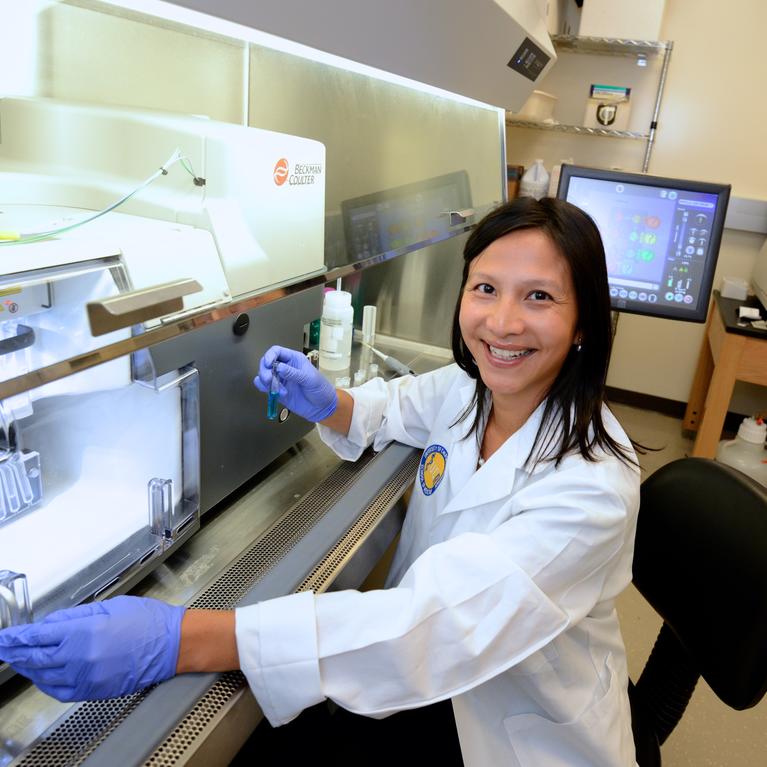
Scientists to study how lungs respond to worm infections
Research supported by five-year NIH grant may have relevance for COVID-19 patients
